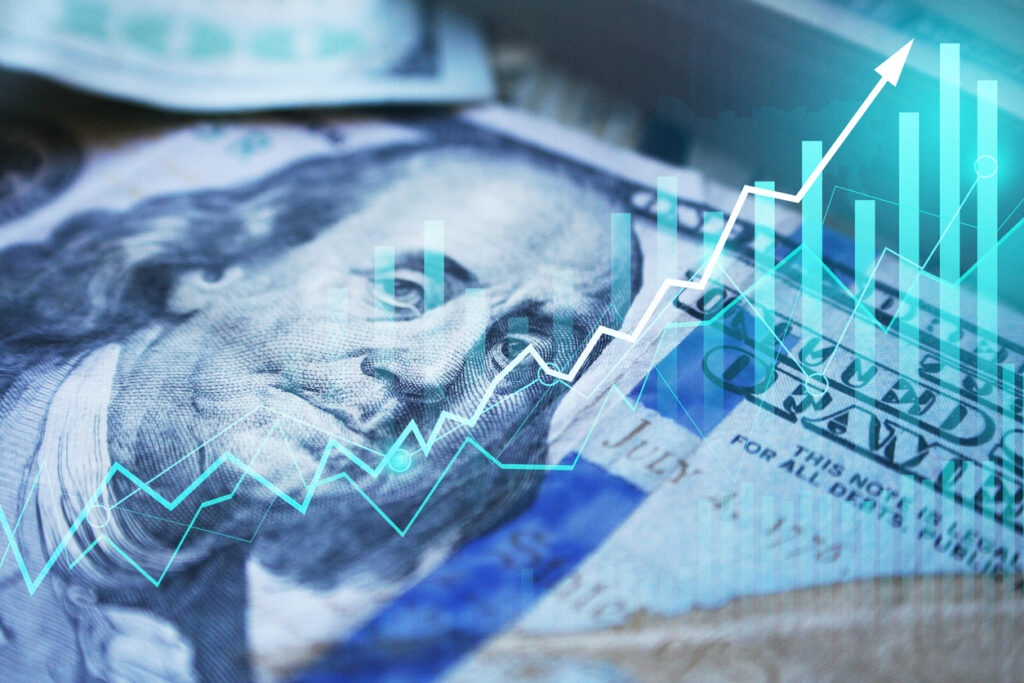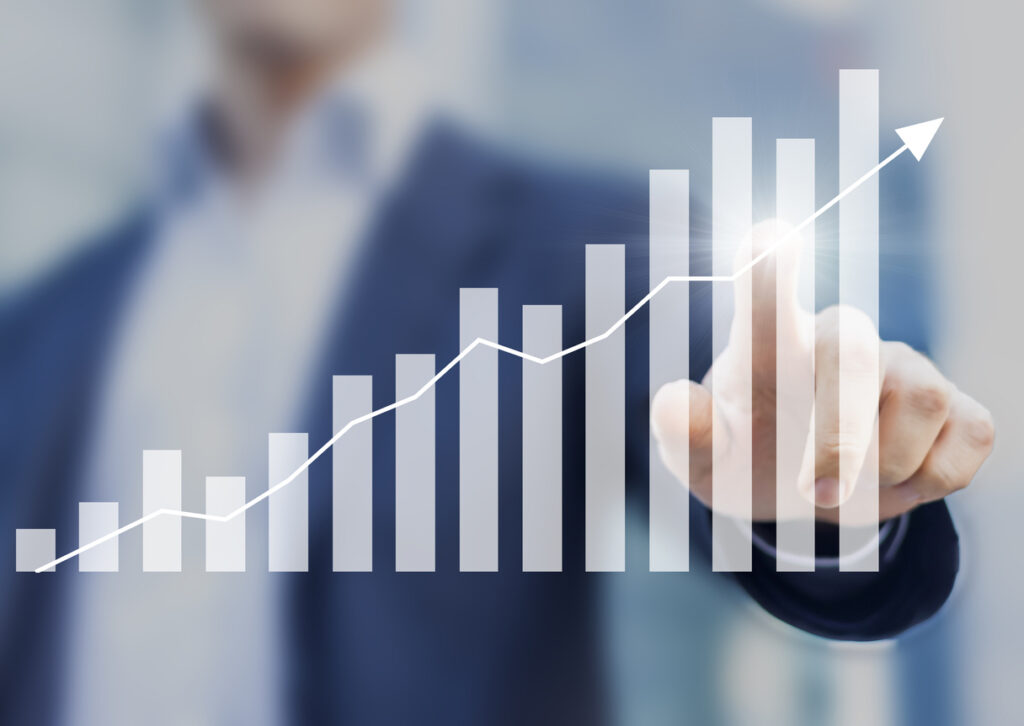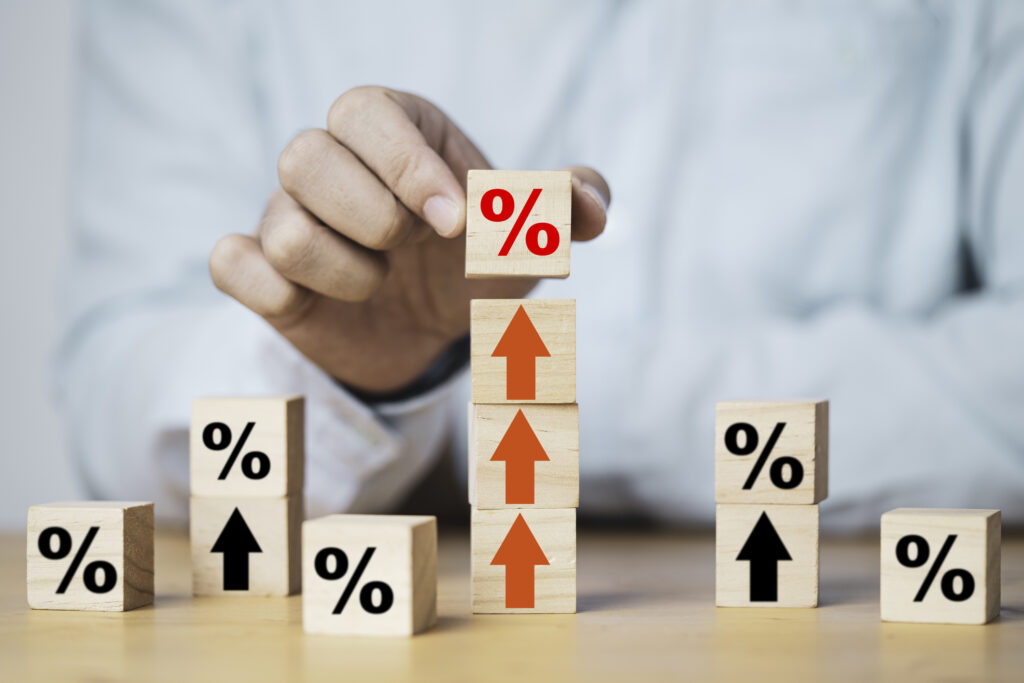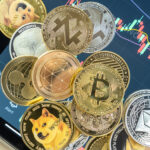To understand how interest rates, which are essentially the price of borrowing money, respond to various economic events, let us examine some scenarios using supply and demand analysis.
Related Topics:

We will assume that we are looking at the market for borrowing money over a certain time period, such as a year. The interest rate is the price of money on the vertical axis, and the quantity of money borrowed or lent is on the horizontal axis. The demand curve shows how much borrowers are willing to pay for each additional dollar of money. The first dollars are highly valued, as they can be used for high-return investments or urgent consumption needs. As more money is borrowed, the marginal benefit of each dollar declines, as borrowers have fewer profitable or desirable opportunities to use the money. Thus, the demand curve slopes downward. The supply curve shows how much lenders are willing to accept for each additional dollar of money. The first dollars are cheap to lend, as lenders have low opportunity costs of giving up their money. As more money is lent, the marginal cost of each dollar increases, as lenders have to forego other uses of their money that could earn them higher returns or satisfaction. Thus, the supply curve slopes upward. The market equilibrium interest rate is where the supply and demand curves intersect.

Let us now consider how different actions by the central bank, which is the institution that controls the money supply in a country, affect the interest rate. The central bank can create new money and inject it into the economy by lending it to other entities, such as the government or commercial banks. This is how most of the money in circulation is created, rather than by literally dropping it from helicopters. In the US, for example, the Federal Reserve buys government securities, which are essentially loans to the government, with newly created money. This is considered a safe and effective way to increase the money supply. When the central bank increases the money supply by lending more money, it shifts the supply curve of money to the right. This means that at any given interest rate, there is more money available to borrow or lend. As a result, the equilibrium interest rate falls. This is how the Federal Reserve lowers interest rates when it wants to stimulate the economy. It creates more money and lends it out at lower rates.

Another factor that influences the interest rate is the level of consumer savings. Savings and investment are two sides of the same coin, as money that is saved by consumers is channeled through the financial system to borrowers who use it for productive purposes. This is how savings become investments. When consumer savings go down, the supply of money decreases, as there is less money available to lend. This shifts the supply curve of money to the left, raising the interest rate. Moreover, if consumer savings go down, it may also imply that consumers are borrowing more to finance their consumption. This increases the demand for money, as more money is needed to borrow. This shifts the demand curve of money to the right, raising the interest rate even further. A third scenario that affects the interest rate is the fiscal policy of the government. If the government decides to borrow more money to fund its spending, such as a war or a public works project, without raising taxes, it increases the demand for money. The government competes with other borrowers in the market for money, and bids up the price of money, which is the interest rate. In this case, the supply of money does not change, assuming that the central bank and consumer savings remain constant. The demand for money increases, shifting the demand curve to the right, raising the interest rate.

The main takeaway from this analysis is that money is a special kind of good or service, whose price is determined by its supply and demand. The price of money is the interest rate, which is the cost of borrowing money or the return on lending money. When the supply of money increases, the interest rate decreases, as money becomes cheaper to borrow or lend. When the demand for money increases, the interest rate increases, as money becomes more expensive to borrow or lend. The opposite effects occur when the supply or demand for money decreases. This is a simple but powerful framework to understand how various economic factors affect the interest rate. For example, when people say that government borrowing crowds out private investment and raises interest rates, they are essentially saying that the government increases the demand for money, shifting the demand curve to the right, and pushing up the price of money. All In all, interest rates are nothing but the market price of money.



